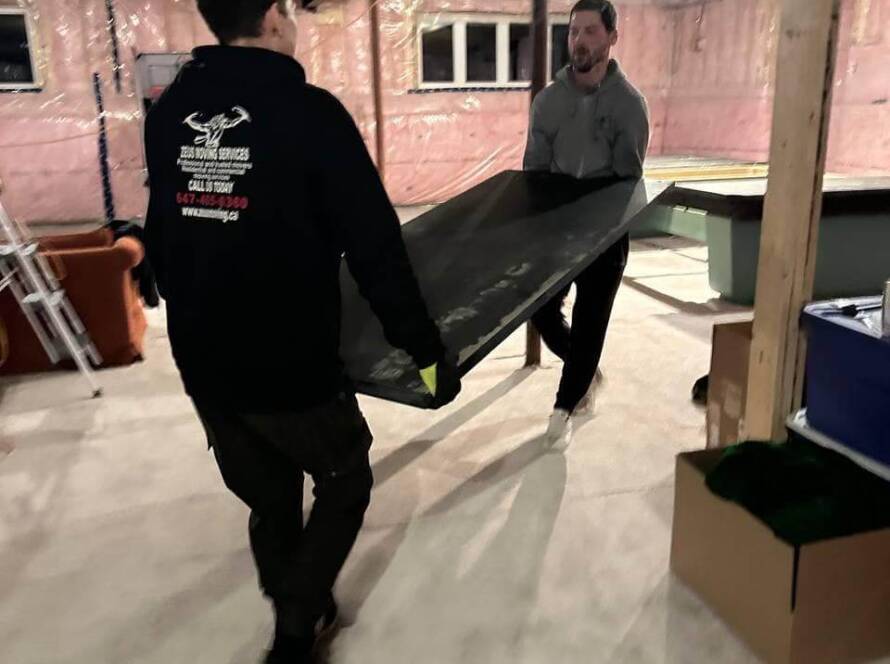Shifting office technology can be grueling, but with careful planning and prosecution, you can minimize dislocations and ensure a flawless transition. Whether you are moving internationally or just reorganizing your current space, it’s pivotal to handle your technology with care. This companion offers practical tips and stylish practices to help you dislocate your office technology efficiently. By following this way, you can keep your operations running easily and avoid common risks during the move.

1. Plan
Begin your planning beforehand to avoid any last-nanosecond issues. Assess your current technology needs and decide what outfit will accompany you to the new position. produce a detailed timeline that outlines each step of the relocation process, including crucial dates like packing and moving days. Assign specific places and liabilities to your platoon members to ensure everyone is clear on their part in the move. Involving a crucial labor force from your IT department is pivotal, as their moxie will be inestimable. Clear communication and early medication are essential to shifting office technology without dislocations. Regular platoon meetings to modernize everyone and address enterprises will help ensure a smooth transition.
2. Inventory and Audit
Conduct a thorough force of all your technology. Identify any outdated or gratuitous outfit that does not need to be moved. Document the condition and specifications of each point to keep track of everything and simplify the setup process at the new position. This clear record will also help in troubleshooting any issues that arise after the move. also, your force will be useful for insurance purposes if any outfit is damaged during the relocation. Regularly streamlining your force list will ensure delicacy and address any changes instantly.
3. Provisory Your Data Before Moving
Backing up your data is pivotal before shifting office technology. Use pall storehouse or external drives to secure your information. Schedule regular backups in the weeks leading up to the move to minimize the threat of data loss. Having multiple backups will ensure your data is defended and accessible. Make sure your platoon is apprehensive of the backup procedures, and corroborate that all critical data is included. This visionary approach will give you peace of mind and safeguard against implicit mishaps during the transition.
4. Marker and Organize lines and outfit
Marker all lines and biases to avoid confusion during the setup process. Use color-enciphered markers or markers to identify each point fluently. produce a master list of labeled outfits to track what is being moved. Organize lines and accessories in easily pronounced boxes or holders to help lose important factors and make reassembly at the new position briskly. Proper labeling and association can also reduce the threat of specialized issues, icing a more effective setup process.
5. Secure and cover Electronic Equipment
Duly packing electronics is vital to ensure their safety during the move. Start by freeing and disassembling particulars where possible, which makes quilting easier and reduces the threat of damage. Use applicable quilting accouterments, similar to bubble serape or padded accouterments, to cover fragile particulars. Whenever possible, use original boxes, as they’re specifically designed to fit and cover your outfit impeccably. easily label each box to avoid confusion during discharging, and carefully handle delicate particulars. Proper quilting and protection will help maintain the integrity of your technology and minimize the threat of dislocations. also, consider assuring precious outfits to cover implicit losses or damage. Double-check that all particulars are securely packed and ready for transport to avoid moving issues.
6. Coordinate with IT Professionals
Involve your IT platoon beforehand in the relocation process. Their moxie is essential for managing specialized aspects and minimizing time-out. Consider hiring external IT support if required to handle complex tasks. record your IT professionals for both the disposition and set up at the new position, ensuring they clearly understand the timeline and their specific liabilities. Regular communication with your IT platoon will help identify implicit issues and develop results ahead of time. This collaboration will make the move smoother and offer assistance to keep up efficiency amid the move.
7. Communicate with Your platoon
Keep your platoon informed throughout the relocation process. give clear instructions for shutting down and resuming \ outfit. Partake the relocation schedule and instantly communicate any changes to avoid confusion. Encourage platoon members to report any issues or enterprises incontinently. Effective communication will help everyone stay aligned and ensure a smooth transition. Regular updates and open communication lines are pivotal for snappily addressing implicit problems and maintaining productivity during the move.
8. Test Everything Before and After the Move
Test all outfits before packing to ensure it’s in good working condition. After the move, set up and test each point at the new position to confirm everything functions duly. Address any issues incontinently to avoid extended time-out. Testing both before and after the move helps identify and resolve problems snappily. Keep a detailed force of all particulars to ensure nothing gets lost during the move. This approach ensures that your technology is ready to go as soon as you are set up in the new space, minimizing interruptions to your workflow


